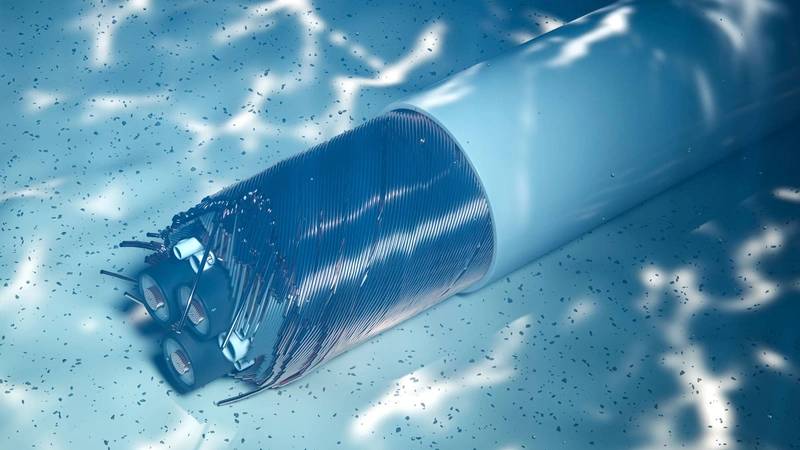The US and Norway have agreed on further steps to increase the security of subsea infrastructure including better involvement of the private sector.
The US and Nordic-Baltic countries, including Norway, have agreed to:
• Harmonize and develop channels and procedures for sharing real-time situational awareness and incident information within national governments, across allies, and between public and private sector stakeholders, including incorporating private sector disruption notifications
• Identify opportunities for public-private partnerships to improve repair and maintenance fleet capacity, including through security of supply chain mechanisms, consortium investment and development funding mechanisms
• Encourage commercial cable operators, where possible, to establish a repository or database to collect and share information between operators regarding accidental cable faults/damage, completed repair work, time taken to repair, and reasons for any repair delays
• Streamline equipment import/export processes and allow for faster transportation of necessary commercial equipment to facilitate repairs, as appropriate/necessary.
Norway’s Minister of Foreign Affairs Espen Barth Eide said: “Damaged cables and pipelines on the seabed expose a vulnerability that is important for Norwegian security. We must work together with our neighbors and with the United States on this issue. I am also pleased that NATO is putting this on the agenda.
“For Norway, which has several thousand kilometers of subsea cables, it is very important to prevent attacks on this infrastructure,” he says.
The US and Nordic and Baltic countries have already cooperated to counter the risk of attacks against subsea infrastructure. In November, Norway endorsed the Joint Statement on the Security and Resilience of Undersea Cables in a Globally Digitalized World. The declaration contains principles of safety, reliability, interoperability, sustainability and resilience in connection with the planning, deployment, repair and maintenance of subsea cables.
During NATO Defence Ministers’ Meeting on October 17 last year, Norwegian Defence Minister Bjørn Arild Gram and his German colleague Boris Pistorius took the initiative to further strengthen NATO’s role in the protection of critical undersea infrastructure across vast maritime areas within NATO’s area of responsibility.

